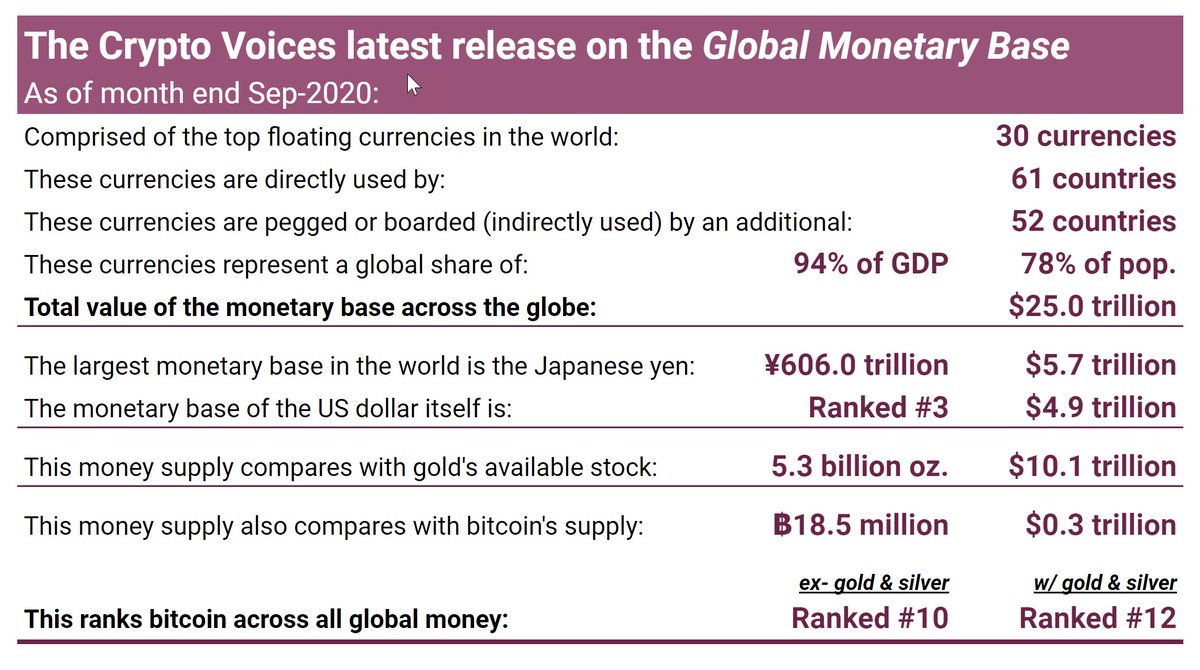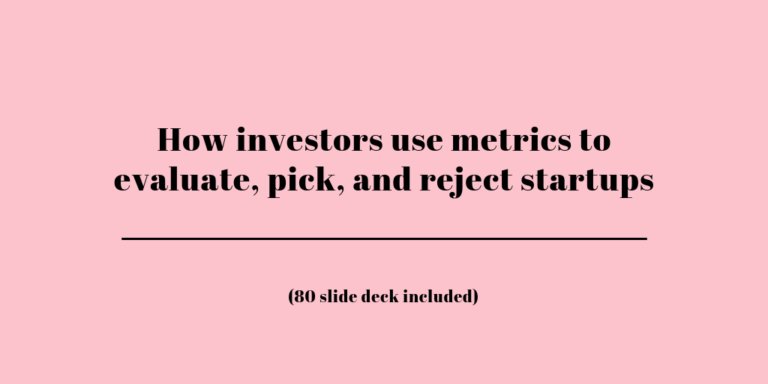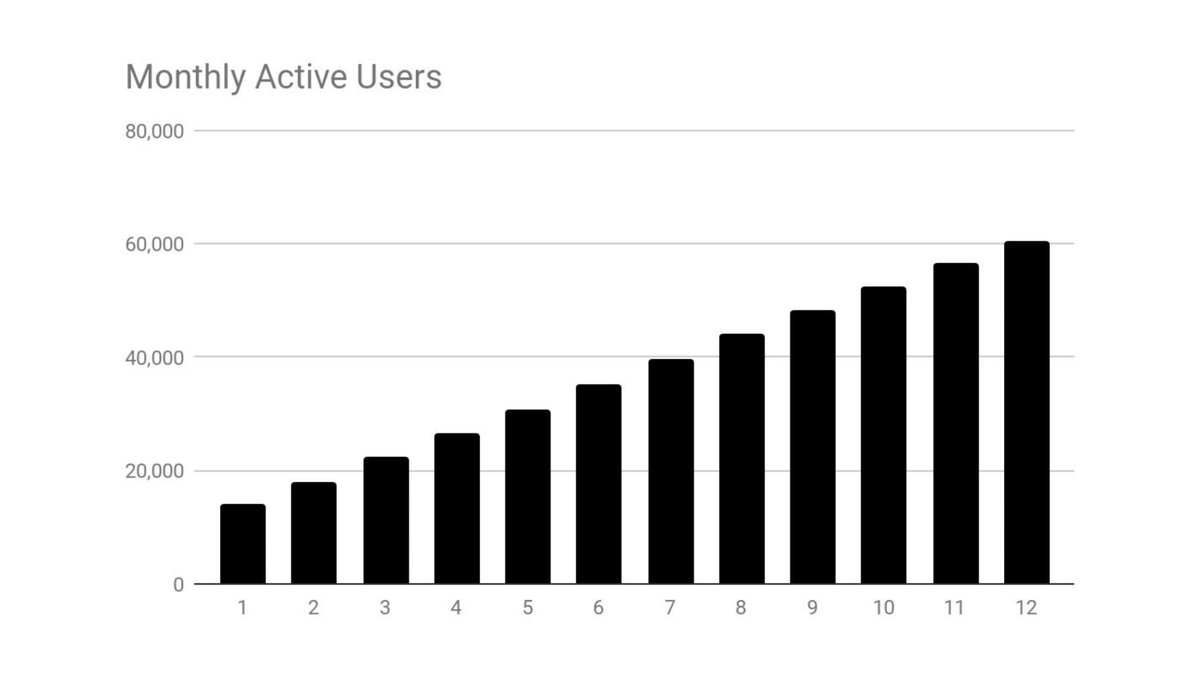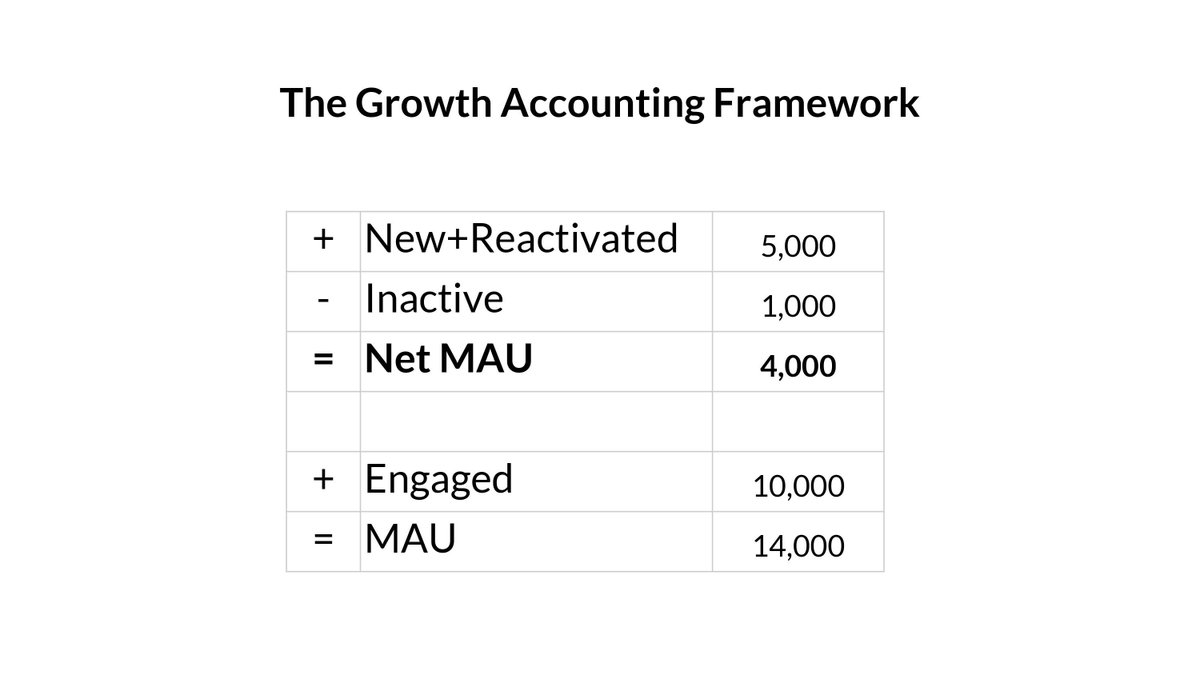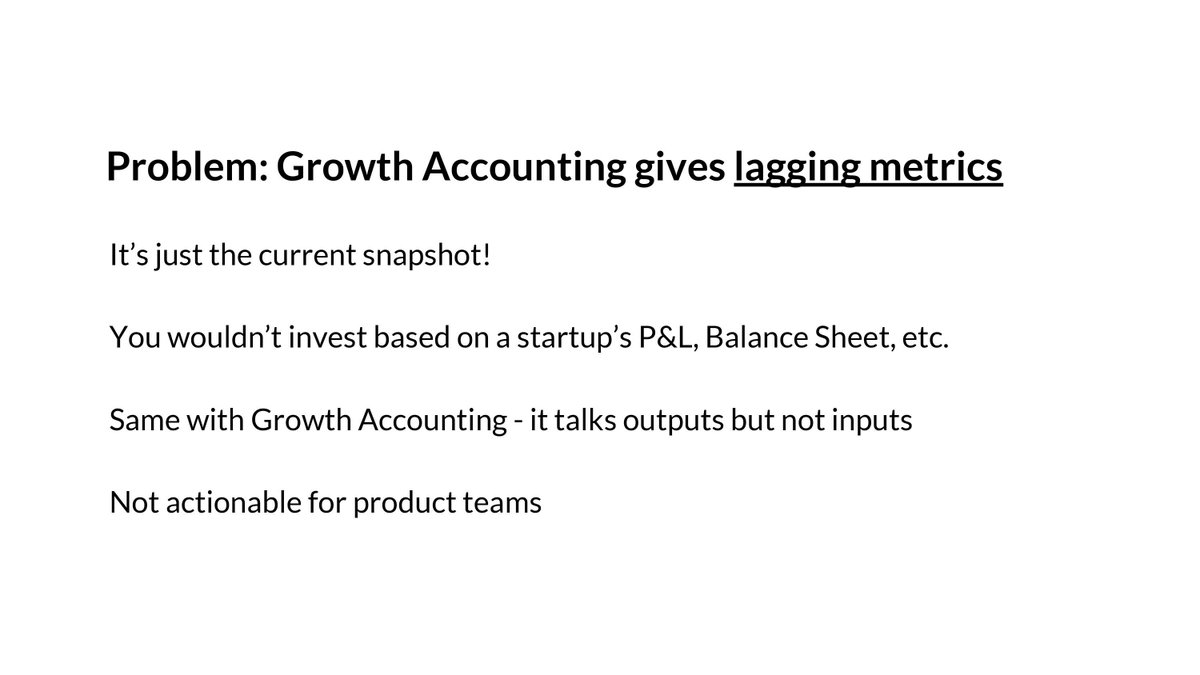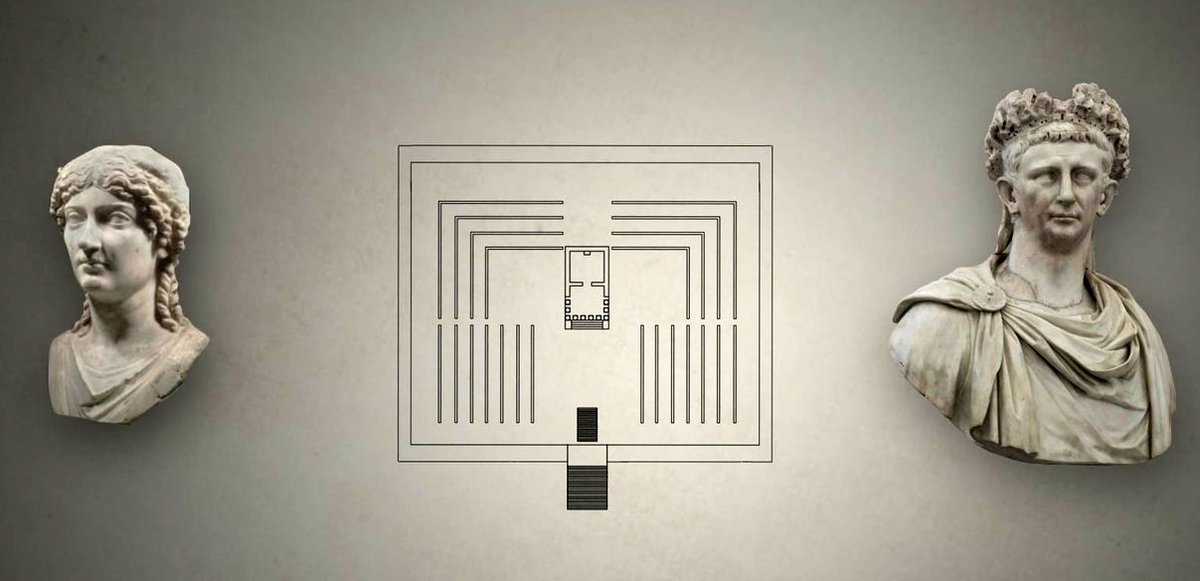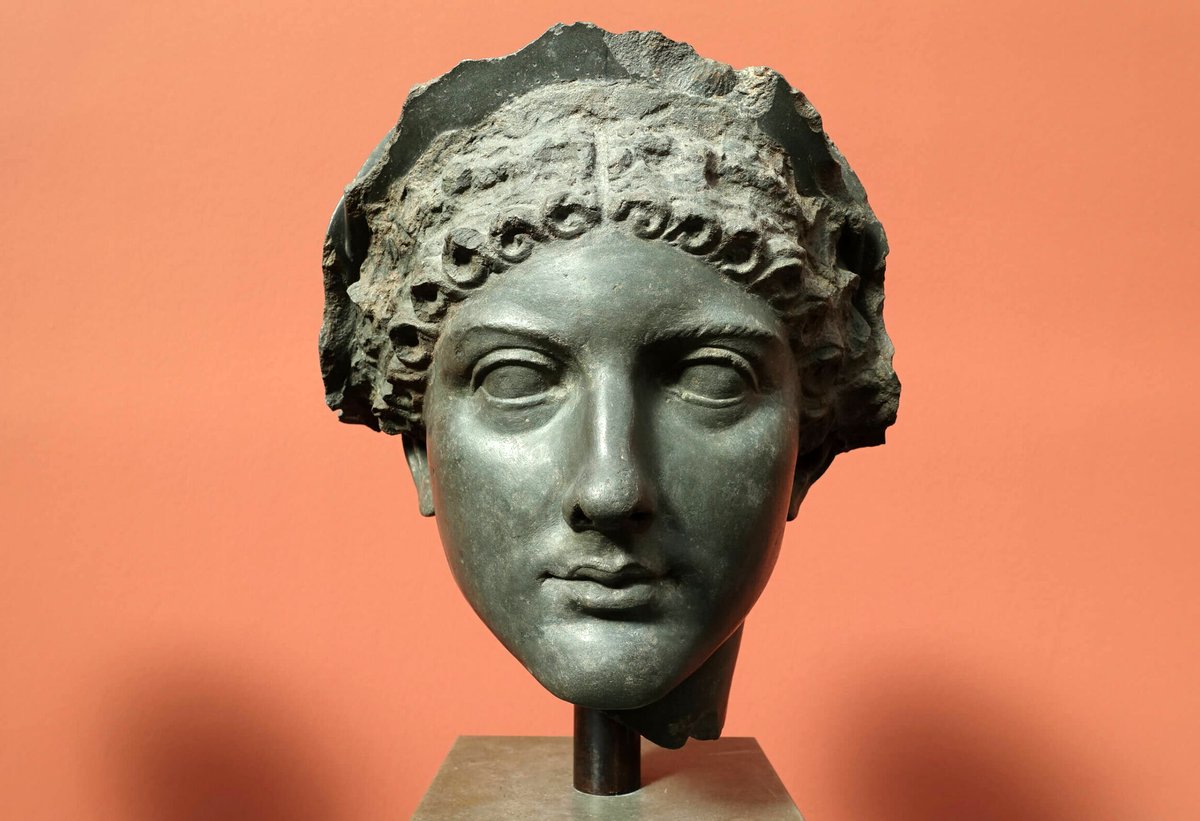You can always find ways to make it harder for someone to get your #Bitcoin, but if you over-complicate it, you could end up making it even too hard for yourself - many lost their funds this way.
I've received many questions lately, but by far the most common question is “What's the best way to secure #Bittcoin?”
🧵So here’s a thread with my opinion on securing #Bitcoin
You can always find ways to make it harder for someone to get your #Bitcoin, but if you over-complicate it, you could end up making it even too hard for yourself - many lost their funds this way.
This means very different things for different people, depending on your technical experience, understanding of Bitcoin, how much you are holding, etc.
I strongly recommend at least learn to hold your own keys before buying, but if you can’t wait, it’s better to leave it there than holding yourself if that’d make you feel like you have no clue what’s going on.
You should make sure to never enter your backup words on a computer, learn to verify addresses on the device, and so on.
Using your own node is an important improvement in terms of security and privacy, as you cease to rely on 3rd parties for interacting with the Bitcoin network.
That someone could:
- Know which txs you're interested in - privacy issue
- Provide false information - security issue
- Go/ get shut down - resilience issue
Using your own node fix this
Here again, there are many options and a lot to learn, like supply chain attacks, retirement attacks, and other security concerns. You might come up with different answers for your specific needs.
You can consider using an airgapped laptop or an old phone to mitigate that, but there are pros and cons for any choice.
Multisig lets you mix different devices to reduce trust in each one of them, and in case one is compromised - you are still in control of your funds.
I just outlined the order I would sort by the most common approaches from the most user-friendly to the most security-minded, now it's on you to choose.
More from Crypto
So what is exactly #ODAP and why this makes $QNT one of the most significant and, regarding #crypto mcap, undervalued projects?
Time for a THREAD⬇️

1/ODAP is the protocol for communication between gateways, primarily with an enterprise focus.
So banks, central banks etc. would run a gateway in Overledger Network and ODAP would be the protocol for gateways to communicate with each other in a secure and trustless manner. $QNT
Attending @ietf 109 to discuss our ODAP proposal with @MIT today. We\u2019re in the secdispatch session. They even have a virtual conference centre. #IETF109 https://t.co/2i9d5JxtR0 pic.twitter.com/osv2LCEUGx
— Gilbert Verdian (@gverdian) November 16, 2020
2/ #ODAP Interfaces are the open source connectors that will connect a gateway to #blockchains and any existing network / API. That is based on the standards from work done at ISO TC 307 which 57 countries are working towards.
$QNT CEO Gilbert Verdian is the founder of TC307.

3/We know from the submitted drafts via #IETF (the Internet Engineering Task Force) $QNT is working on #ODAP with:
✅@MIT
✅@intel
but, there’s more to the story as we found out from Gilbert that US Government, Juniper, payment and telecom companies are also there.

4/So how it all started with #ODAP?
Let’s go back to $QNT CEO Gilbert Verdian’s interview with Santiago Velez on #RealVision (October 14th) and try to put all the pieces of the puzzle together.
I’ll forward his words ⬇️
The #Blockchain Revolution and Economic Changes
— Real Vision (@RealVision) October 28, 2020
What kind of world does @gverdian envision? How will @quant_network change the existing structure to benefit us all?
Real Vision journalists examine @gverdian & @Santiag78758327 latest interview.https://t.co/dfDAjDFbF3
ok, I lied. but strictly it's not a new graph, just a new trendline (now a quadratic on the log plot). looks um... quite a good fit. so I'd say that was interesting. pic.twitter.com/qkgyMf1ya8
— James Ward (@JamesWard73) January 27, 2021
WARNING: this is a long thread, and it’s a bit of a roller-coaster. We find some apparently strong patterns in the data, and then start to unpick them a bit. So if you start getting excited half way through you might find you’re less excited at the end. But we’ll see…
First we first have to go back a bit. @bristoliver posted a thread a few days ago explaining why, with a constant vaccination rate, a log plot of cases should show a quadratic form. In other words, it should fit an equation like: a + b.x + c.x^2
I meant to link in the model thread there - here it is
Been thinking about where we are, where we might be going, what effect vaccines might have and how to tell. This thread may not happen all at once, and will get a bit mathematical in a couple of places (sorry!), but I will put in pictures. It's yet another argument for log scales
— Oliver Johnson (@BristOliver) January 24, 2021
the quadratic coefficient – the ‘c’ in that equation – gives an estimate of the % of the population who are being newly protected by the vaccine each day. Please note ‘protected by the vaccine’, not ‘vaccinated’ – as we don't expect 100% protection after the first dose
You May Also Like
(2) Since 2016, Kushner has connived, with Saudi help, to force the Qataris (literally at a ship's gunpoint) to "loan" him $900 million.
(3) This is consistent with the Steele dossier.
(4) Kushner is unlikely to ever have to pay the "loan" back.
Jared Kushner has a net worth of almost $324 million. But it appears that he paid little or no federal income taxes from 2009 to 2016, according to a review of confidential financial documents obtained by NYT. https://t.co/pMQDeCeDNq
— Kyle Griffin (@kylegriffin1) October 13, 2018
2/ So as you read about his tax practices, you should take from it that it's practices of this sort that ensure that he's able to extort money from foreign governments while Trump is POTUS without ever having to pay the money back. It also explains why he's in the Saudis' pocket.
3/ It's why the Saudis *say* he's in their pocket. It's why emoluments and federal bribery statutes matter. It's why Kushner was talking to the Saudi Crown Prince the day before the murdered Washington Post journalist was taken. It's why the Trump administration now does nothing.


